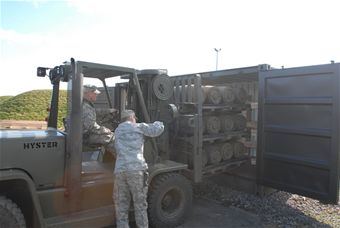Pentagon Plans for Deployment of Special Forces to States Outside Afghanistan
Eurasianet.org
Deirdre Tynan
September 17, 2009
The US military is preparing for a worst-case scenario in Central Asia. The Pentagon is presently developing plans covering the potential deployment of elite Special Forces to Central Asian states other than Afghanistan.
In each of the Central Asian states, US Special Forces 3rd Group are preparing to conduct “foreign internal defense” missions — military shorthand for counter-insurgency operations fought by host nation troops with training and other forms of assistance provided by Washington.
The 3rd Special Forces Group (Airborne), stationed in Fort Bragg, North Carolina, currently consists of four operational battalions. At least one battalion will be deployed to Central Asia on every rotation of troops serving in Afghanistan.
According to a military handbook, Joint Tactics, Techniques and Procedures for Foreign Internal Defense (FID), published under the auspices of the Joint Chiefs of Staff in 2004, “the United States will normally consider FID support only if the following three conditions exist: the existing or threatened internal disorder threatens US national strategic goals; the threatened nation is capable of effectively using US assistance; and the threatened nation requests US assistance.”
It adds: “assistance will normally focus on civil-military operations (primarily, the provision of services to the local populace), psychological operations, communications and intelligence sharing, and logistic support.” …
The prospect of US forces carrying out foreign internal defense operations in Central Asia is generating mixed views. Some analysts described it as routine, while others call it risky. All agree, however, that Russia will be agitated by any deployment.
www.eurasianet.org/departments/insightb/articles/eav091709.shtml

